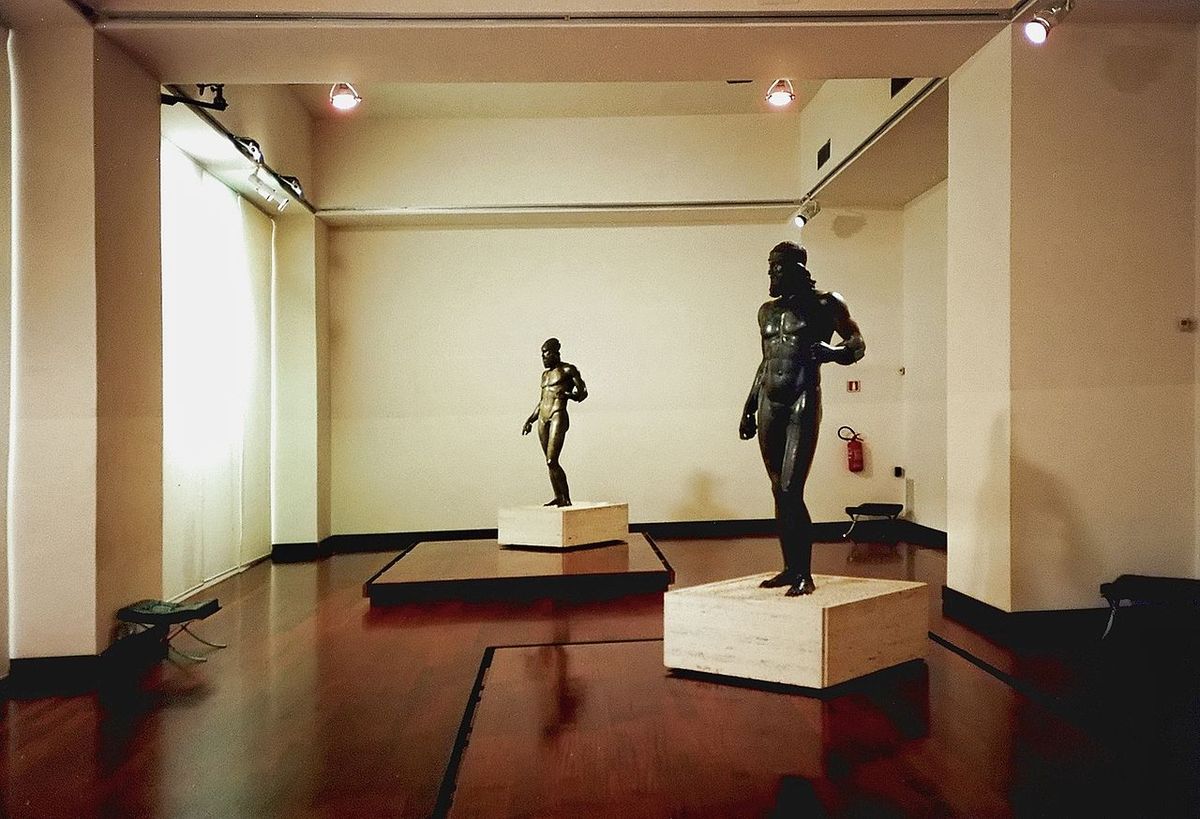About
How often do you get a chance to see two 2,500 year-old bronze warriors from classical Greece? These statues in Reggio di Calabria, Italy, spent more than 2,000 years submerged under the waves of the Ionian Sea. A diver discovered the pair in 1972 and within a week the bronzes were recovered by an elated Italian government.
Stefano Mariottini chanced upon the bronzes while snorkeling off the coast of Riace. He noticed an arm emerging from the sand, which at first he feared was a dead body. But when Mariottini touched the arm, he realized it was made of metal. After he began to push the sand away, he noticed another statue nearby. Once Mariottini got out of the water, he called authorities to let them know what he had found. A little more than a week later, both statues had been pulled out of their watery resting place.
It took nearly nine years to restore the two sculptural masterpieces, which were finally put on display in 1981. The bronze warriors, known simply as "Statue A" and "Statue B," have been dated to around 460-430 B.C, and were made using a wax casting technique. As for how the statues got to the seafloor, it is assumed that they were being transported via a ship that sank. While no wreckage has been found nearby, it's possible that time and tide washed away everything but the heavy metal statues.
In addition to the bronzes, the Museo Nazionale della Magna Grecia (National Archaeological Museum of Reggio Calabria) displays items from prehistory and protohistory as well as from ancient Greece and Rome. The displays feature many hidden treasures, including a plate decorated with what can only be described as a Sasquatch, but according to the explanation, it is a representation of Papposilenos, the part-beast, part-man precursor of Dionysus.
Related Tags
Flavors of Italy: Roman Carbonara, Florentine Steak & Venetian Cocktails
Savor local cuisine across Rome, Florence & Venice.
Book NowPublished
July 8, 2021





































